Authentic Italian Pizza Recipe: A Step-by-Step Guide to Making Pizza Like in Naples
If there’s one dish that unites people around the world, it’s pizza. But let’s be honest — there’s pizza, and then there’s authentic Italian pizza. The kind with a thin, chewy crust that blisters beautifully in a hot oven, simple yet high-quality toppings, and that unmistakable aroma that transports you straight to a bustling pizzeria in Naples.
I’ve spent years tinkering with dough ratios, flour types, and baking temperatures until I could confidently say, “Yes, this tastes like Italy.” In this article, I’ll walk you through my authentic Italian pizza recipe, complete with tips, tricks, and personal insights that I wish someone had told me when I first started.
Whether you’re making a classic Margherita pizza, a rustic pizza bianca, or even something adventurous with anchovies and capers, this dough and method will be your foundation. Let’s dive in.
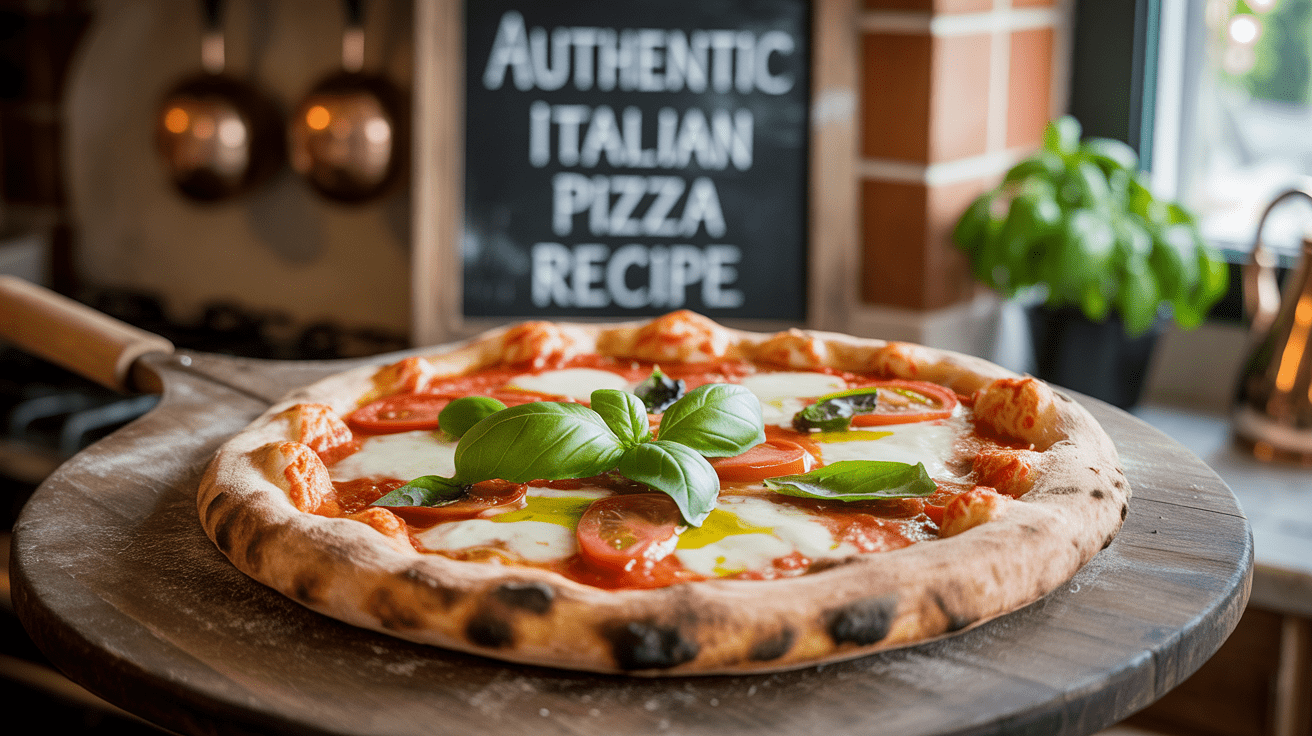
Ingredients and Measurements
Here’s everything you need to make one large authentic Italian pizza (or two medium ones). Stick with these ratios — trust me, balance is everything.
| Ingredient | Measurement |
|---|---|
| Italian “00” flour | 500 g (about 4 cups) |
| Warm water (not hot) | 325 ml (1 1/3 cups) |
| Active dry yeast | 1 tsp |
| Salt | 2 tsp |
| Olive oil (extra virgin) | 2 tbsp |
| Sugar | 1/2 tsp (optional, for yeast) |
| Tomato passata (puree) | 250 g (1 cup) |
| Fresh mozzarella | 200 g (7 oz) |
| Fresh basil leaves | A handful |
| Extra olive oil | For drizzling |
(Note: If you can’t find Italian “00” flour, you can use all-purpose, but the texture won’t be quite as silky.)
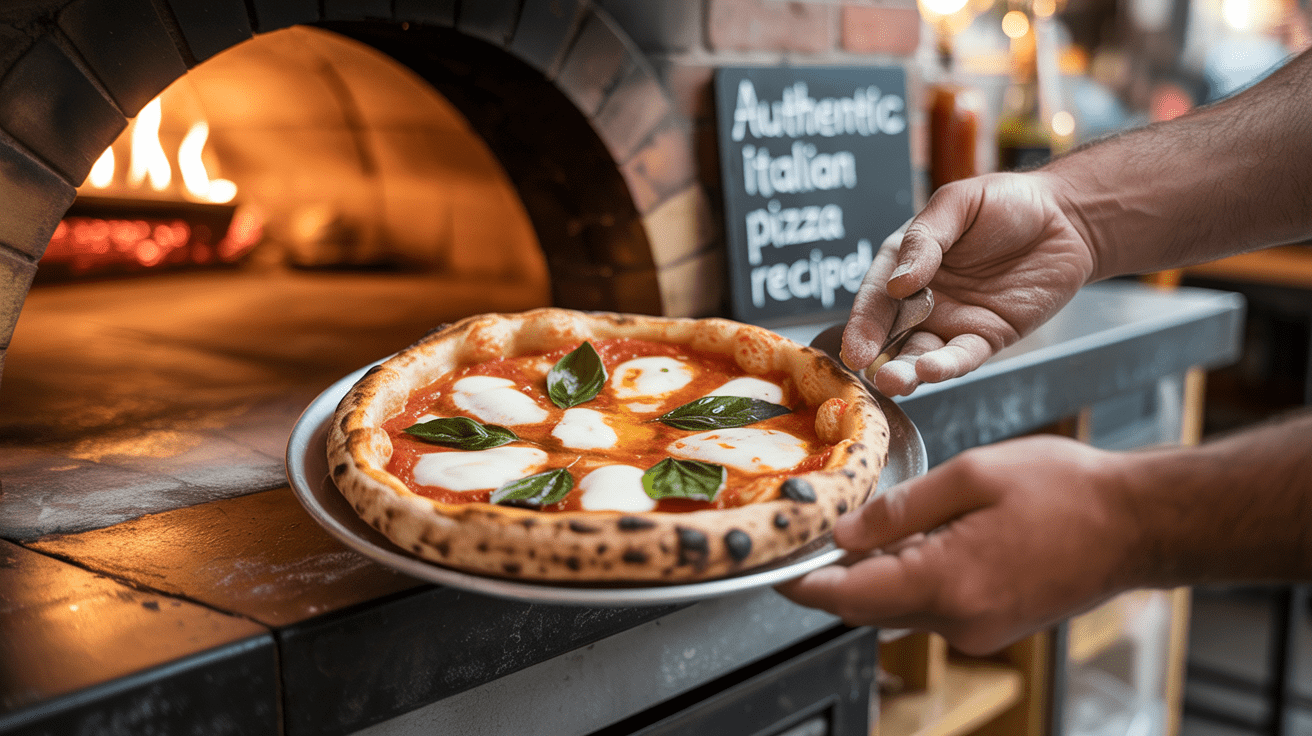
Step-by-Step Instructions
1. Making the Dough
- In a small bowl, dissolve yeast and sugar in warm water. Let it sit for 5–10 minutes until foamy.
- In a large mixing bowl, add the flour and salt. Slowly pour in the yeast mixture and olive oil.
- Mix until a shaggy dough forms. Then knead by hand (about 8–10 minutes) or with a dough hook (5 minutes) until smooth and elastic.
- Shape into a ball, cover with a damp cloth, and let it rise at room temperature for 1–2 hours (or until doubled in size).
👉 Pro tip: For deeper flavor, let the dough rise in the fridge overnight. This slow fermentation mimics traditional pizzeria methods.
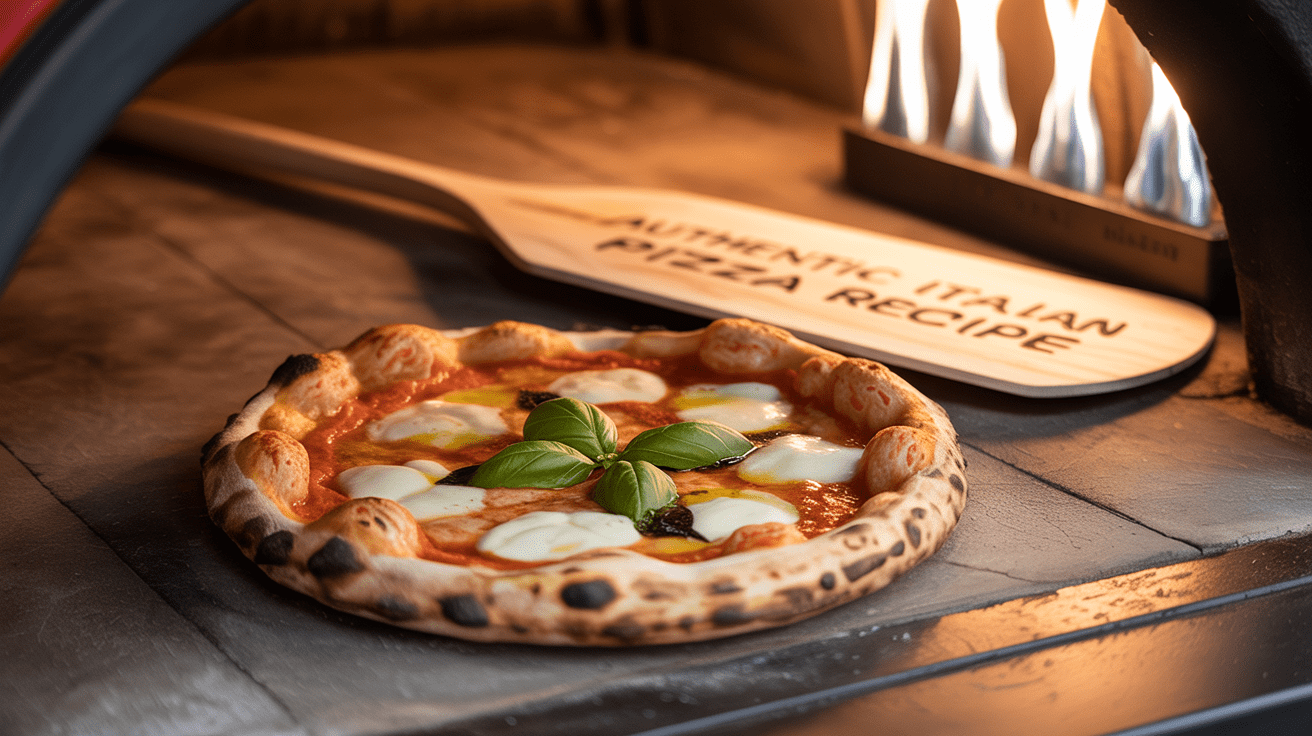
2. Preparing the Sauce
Authentic Italian pizza doesn’t drown in sauce. It’s all about balance.
- Simply season your tomato passata with a pinch of salt, a drizzle of olive oil, and (if you like) a touch of oregano.
- No need to cook the sauce — Italians keep it raw so the fresh tomato flavor shines.
3. Shaping the Dough
- Preheat your oven to the highest temperature possible (250°C / 480°F if it goes that high). If you have a pizza stone or steel, place it inside to preheat.
- Gently punch down the dough and divide if needed.
- Lightly flour your work surface. Stretch the dough by hand (not a rolling pin) — press from the center outward until you have a thin base with slightly thicker edges.
👉 Don’t worry if it’s not a perfect circle — rustic shapes taste better.
4. Topping the Pizza
- Spread a thin layer of tomato sauce — less is more.
- Tear mozzarella into chunks and scatter evenly.
- Add a few fresh basil leaves (save some for after baking too).
- Drizzle lightly with olive oil.
5. Baking
- Transfer the pizza onto your preheated stone/steel or a baking tray.
- Bake for 7–10 minutes, until the crust is puffed and charred in spots and the cheese is bubbling.
When it comes out of the oven, add fresh basil and another light drizzle of olive oil. That’s it — simple, beautiful, and authentically Italian.
Tips & Tricks for the Perfect Authentic Italian Pizza
- Use Italian 00 flour: Its fine grind creates that soft, chewy texture.
- Don’t overload toppings: Authentic Italian pizza is about balance, not excess.
- High heat is non-negotiable: A hot oven replicates the wood-fired effect.
- Invest in a pizza stone or steel: It makes a world of difference in texture.
- Ferment longer if possible: Overnight cold fermentation = unbeatable flavor.
- Keep it seasonal: Italians top pizzas with what’s fresh — think artichokes in spring, zucchini in summer, mushrooms in fall.
FAQs About Authentic Italian Pizza Recipe
Q: What’s the difference between Italian pizza and American pizza?
A: Italian pizza is thinner, lighter, and focuses on high-quality simple ingredients. American pizza tends to be heavier, with more cheese and thicker crusts.
Q: Can I make this recipe without a pizza stone?
A: Yes. Use a heavy baking sheet flipped upside down and preheated — it works surprisingly well.
Q: Which mozzarella is best?
A: Fresh mozzarella di bufala (buffalo milk) is incredible if you can find it. Otherwise, fresh cow’s milk mozzarella works perfectly.
Q: Can I freeze the dough?
A: Absolutely. After the first rise, portion and freeze. Thaw in the fridge overnight before using.
Q: Do Italians really use raw sauce?
A: Yes — many traditional recipes skip cooking the sauce. The high oven heat cooks it just enough, preserving freshness.
Final Thoughts & Encouragement
There’s something magical about pulling a bubbling pizza out of your oven, one that looks and smells like it came from a trattoria in Naples. This authentic Italian pizza recipe is more than just instructions — it’s a ritual, a chance to slow down, savor the process, and connect with centuries of tradition.
The key is simplicity. Use the best ingredients you can find, give the dough time, and don’t overthink the toppings. Pizza is meant to be joyful, not complicated.
So next time you’re craving takeout, remember: with a little practice, you can create something even better in your own kitchen. Once you taste it, you’ll never look at store-bought pizza the same way again.
Now grab that flour, heat up your oven, and make yourself the pizza you deserve. Buon appetito! 🍕
See Also: Authentic Italian Pizza Dough Recipe | Step-by-Step Guide for Perfect Homemade Pizza

Vinit Hirave is a passionate content writer for Pizzetteria Brunetti. A true pizza enthusiast, Vinit’s love for authentic flavors goes beyond the keyboard—he has hands-on experience working in a pizza shop, giving him a deep understanding of what makes a perfect slice. Through his writing, he shares stories, tips, and insights that reflect both his industry knowledge and his genuine affection for the art of pizza-making.


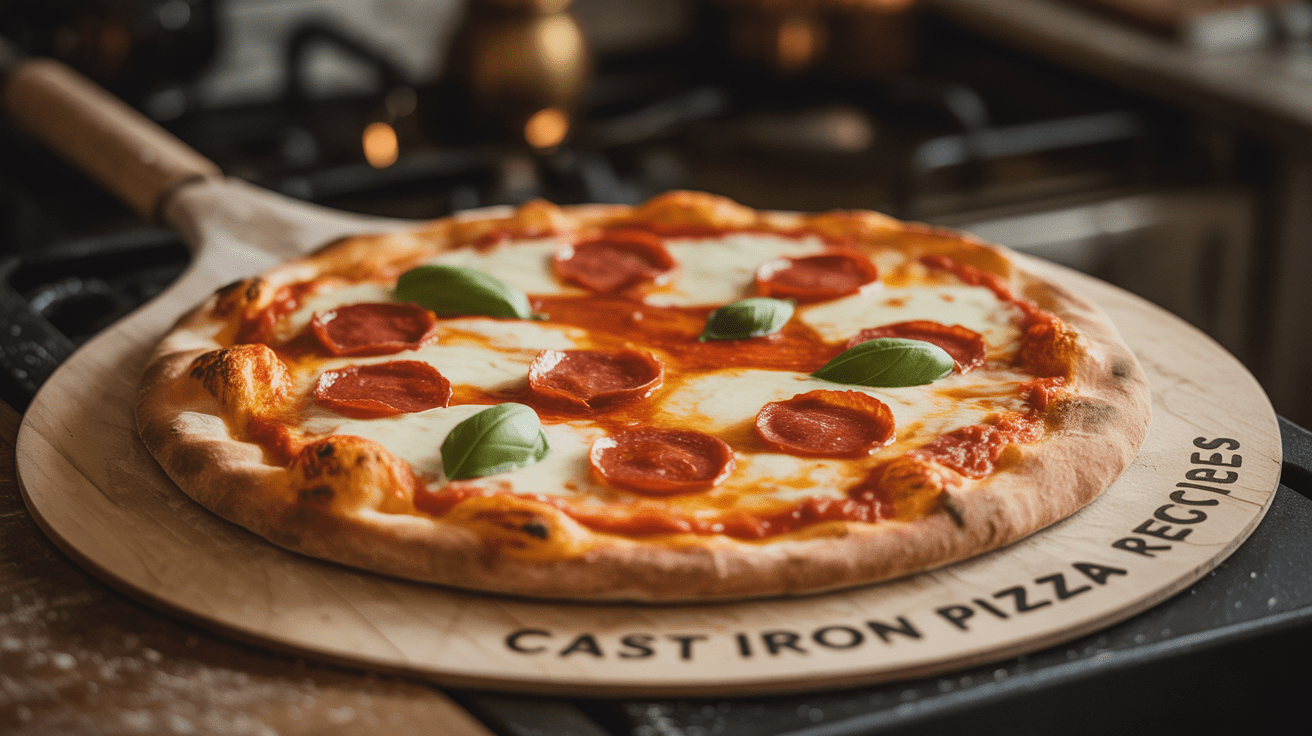

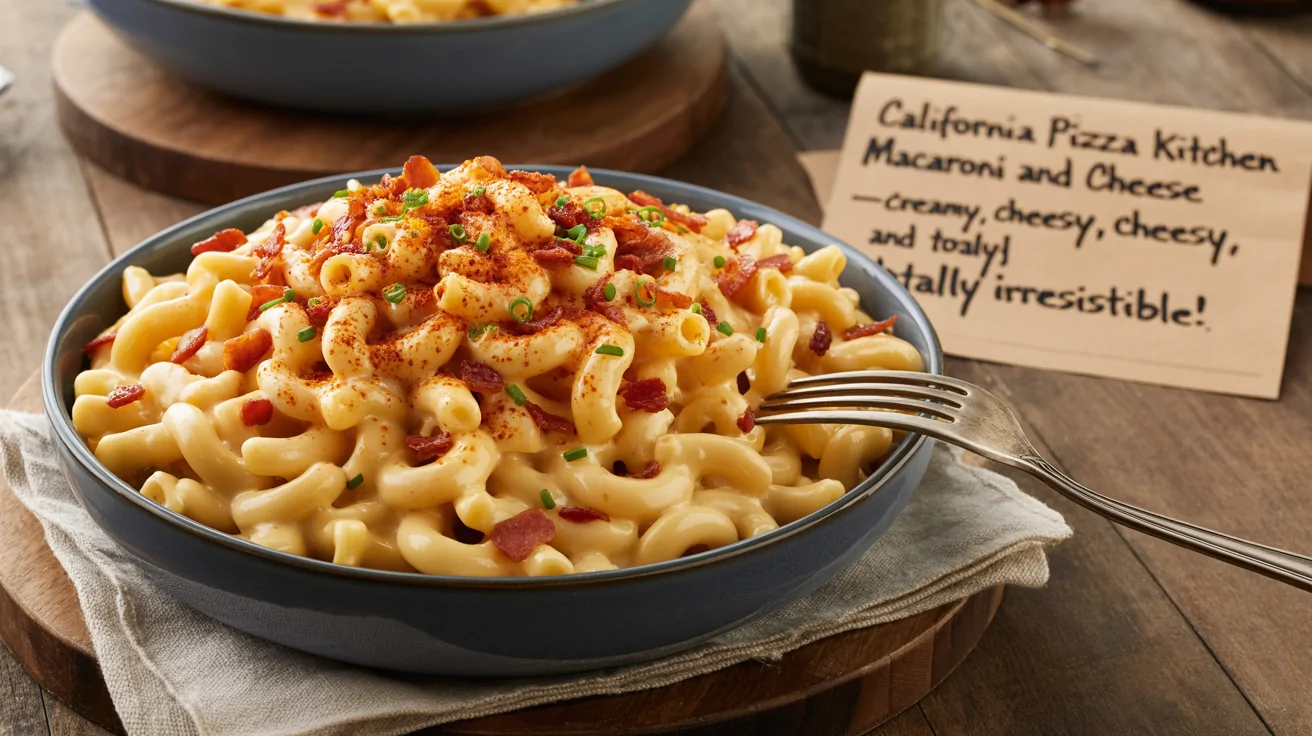
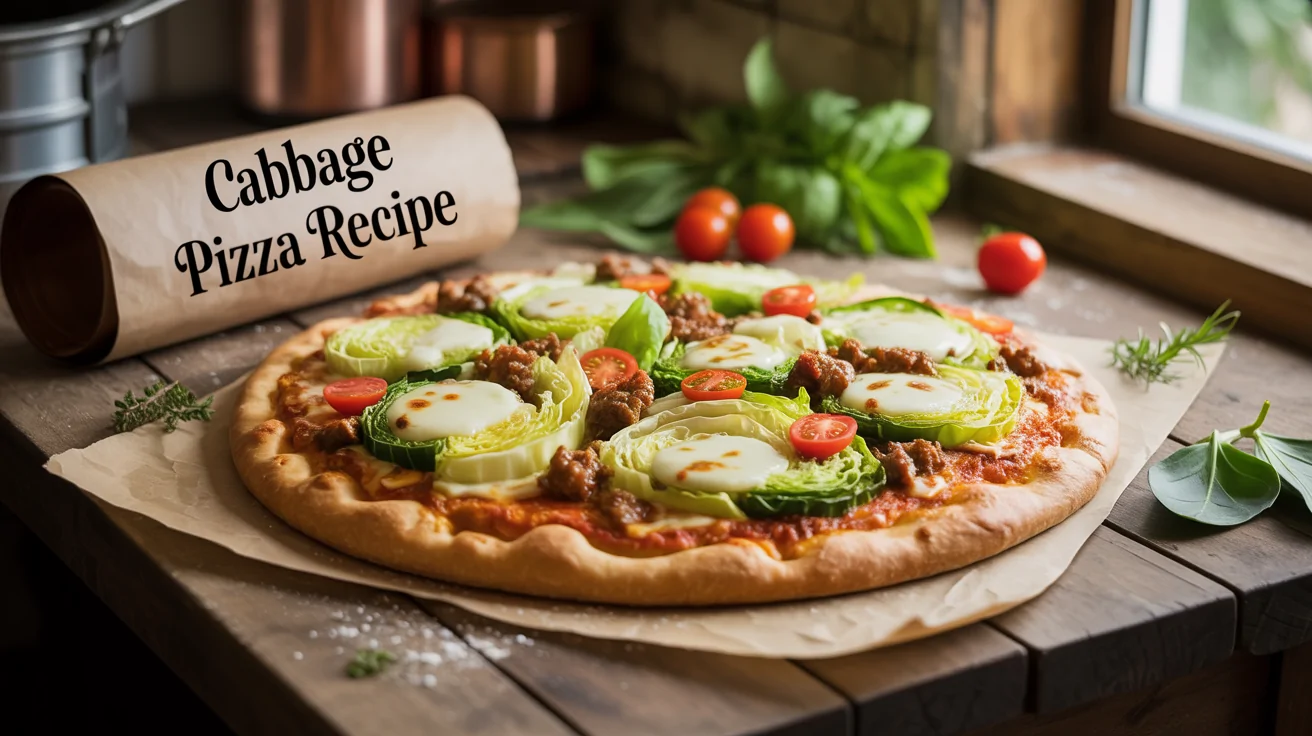

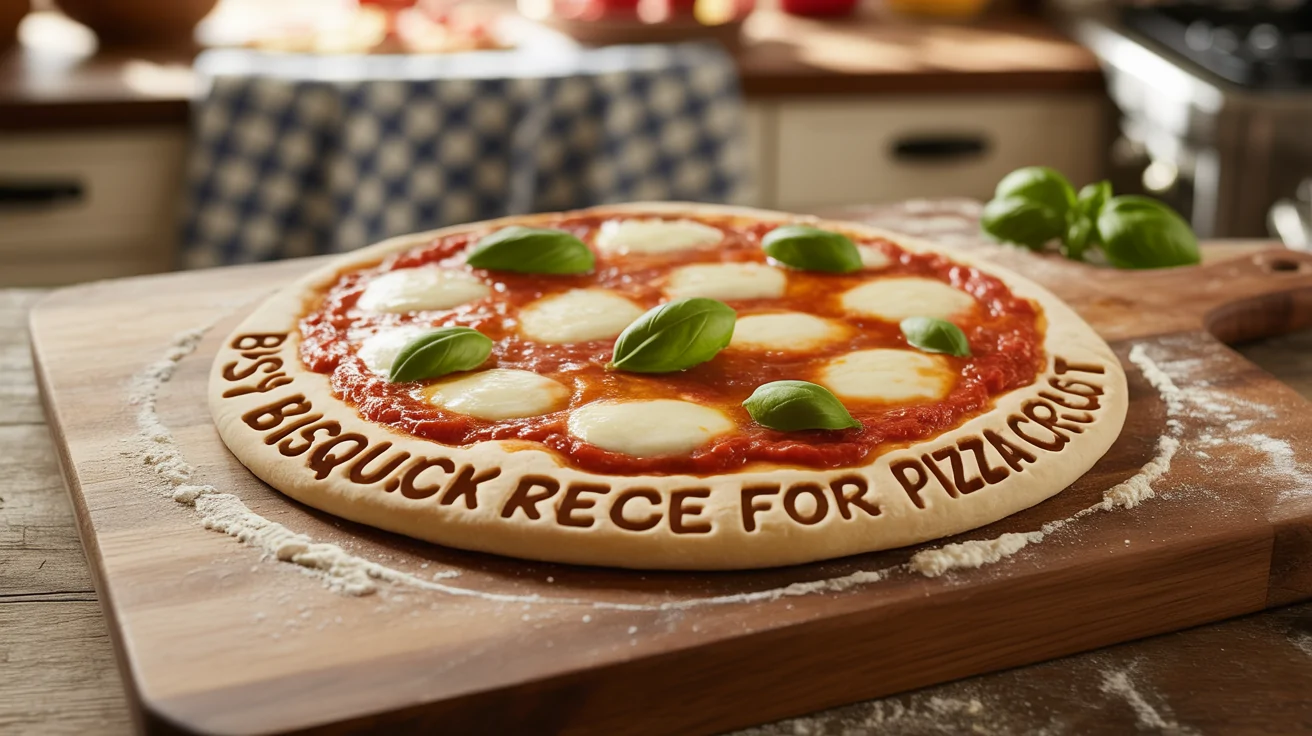
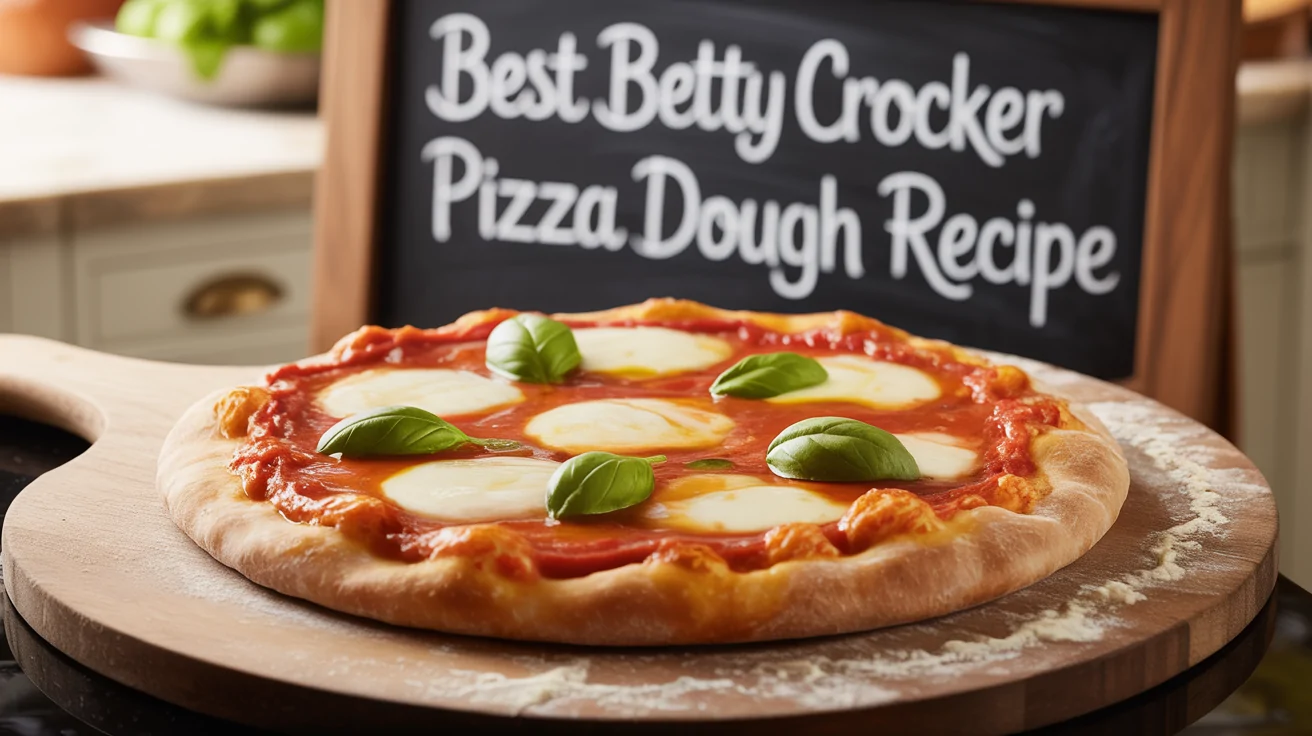
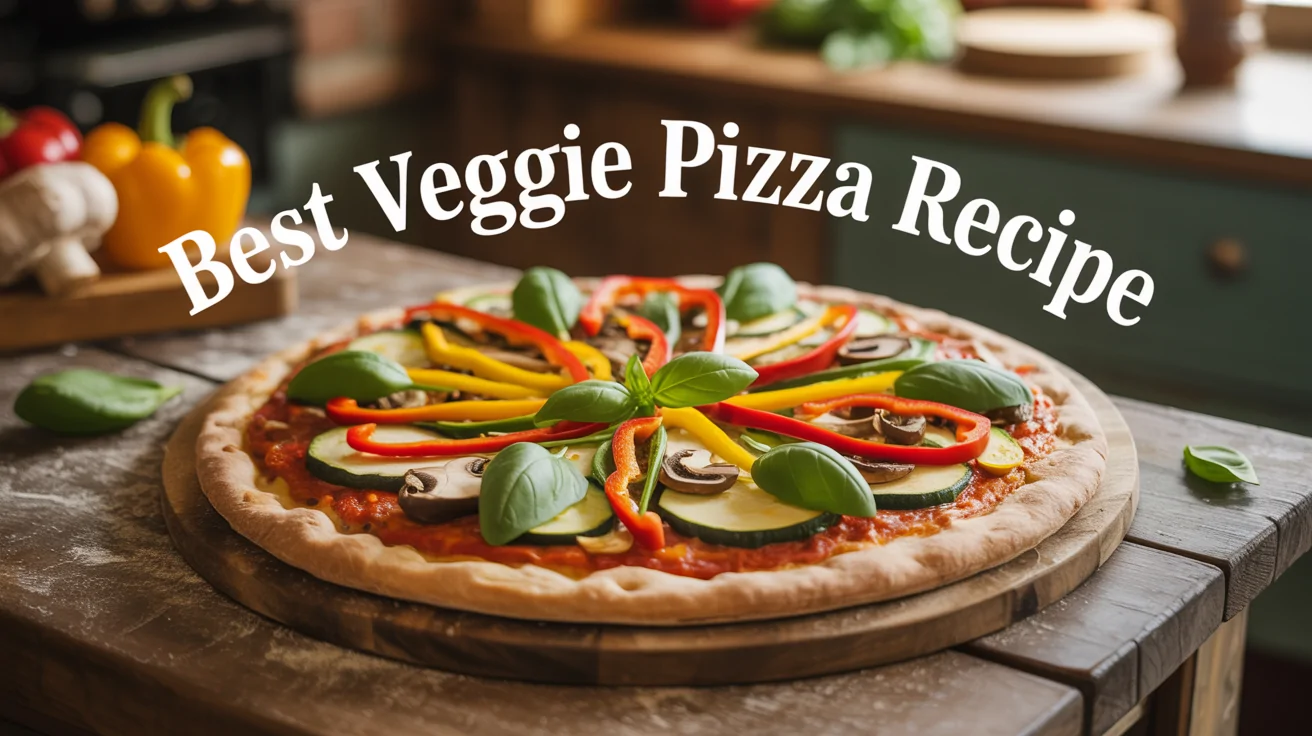
Leave a Reply